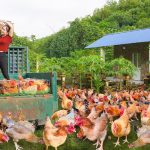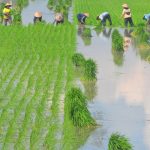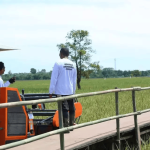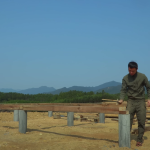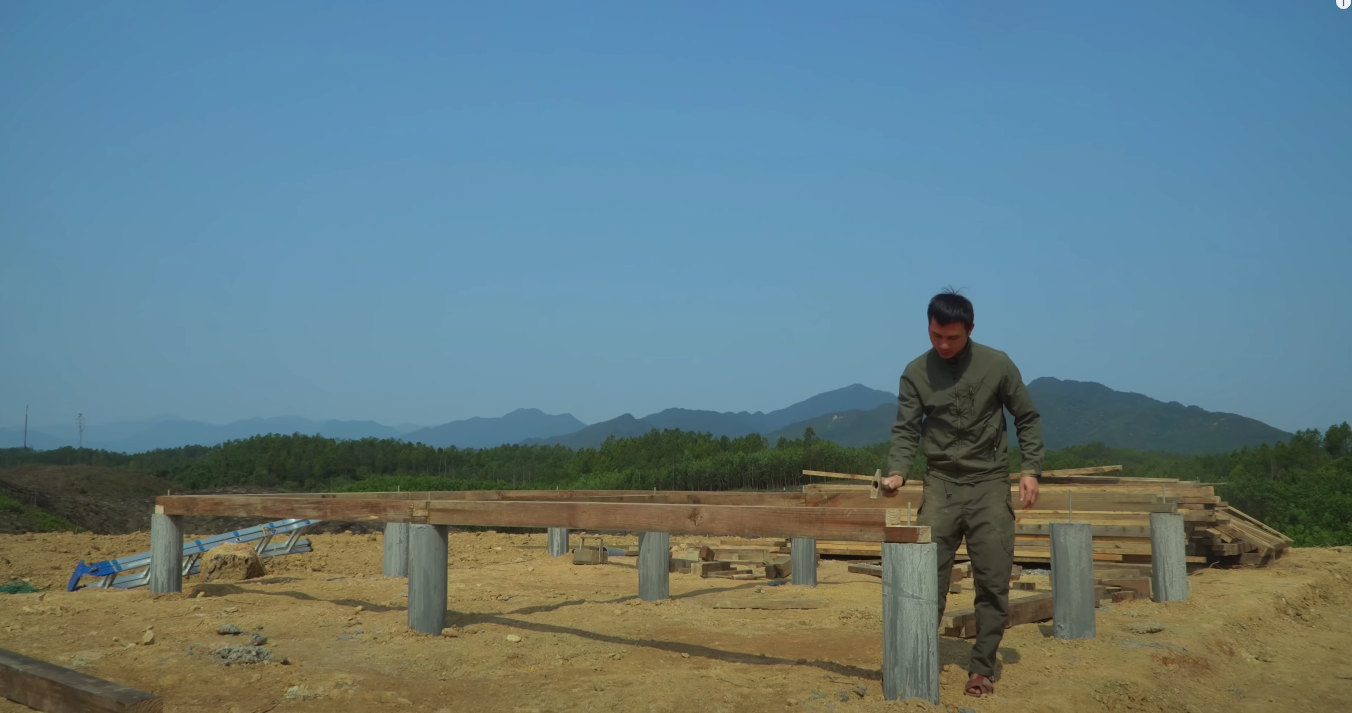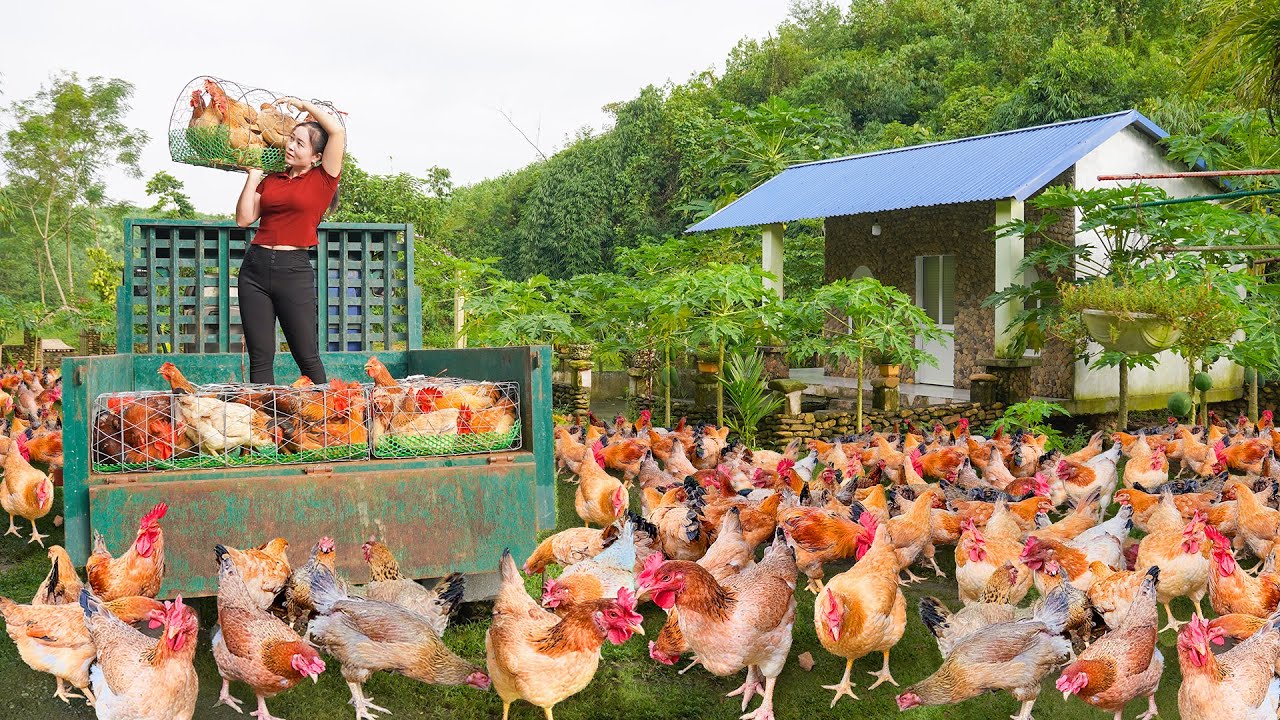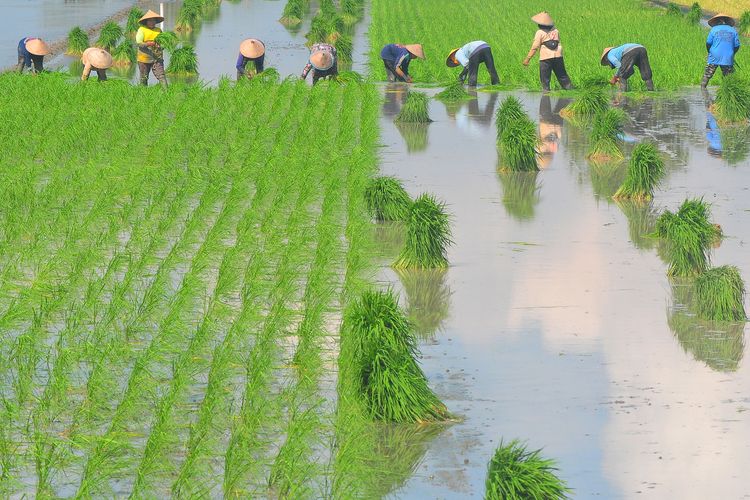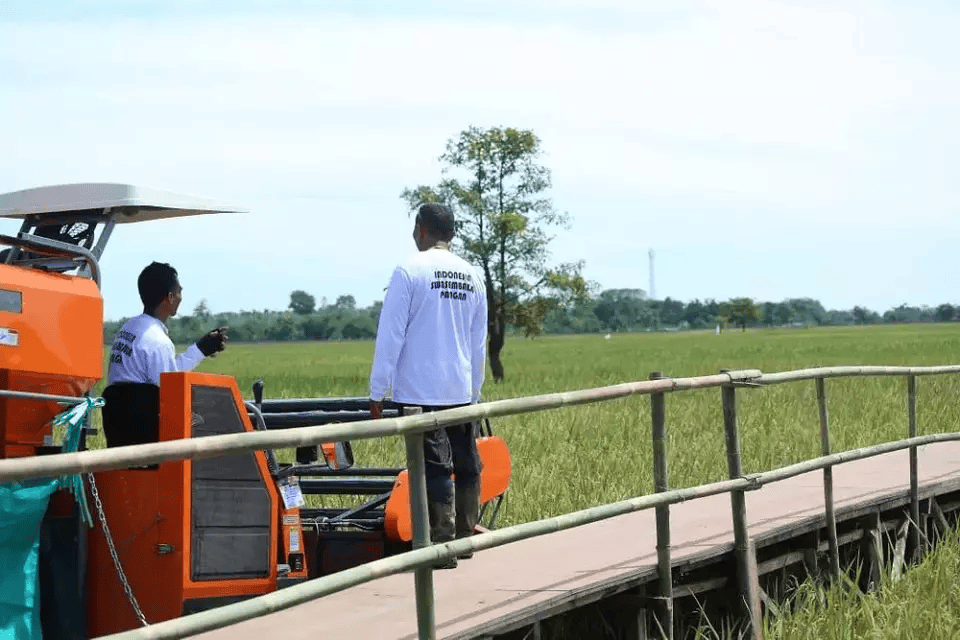How Trai Farm Transformed Bare Land into a Thriving Paradise in Just 60 Days
Channel Highlight: Trai Farm
Video Title: 60 Days to Revive a Wasteland into a Paradise Farm – House, Vegetable Garden, Chicken Coop
Published On: May 20, 2025
Duration: 1 hour 55 minutes
Views: 146,953+
Likes: 1,900+
Introduction: When Passion Meets the Soil
Imagine standing on a piece of land overrun by weeds, scattered debris, no infrastructure, no water system — a forgotten, neglected patch of earth. Most people would walk away.
But not the creators behind Trai Farm.
In just 60 days, they transformed this lifeless terrain into a fully functioning, sustainable paradise: complete with a cozy handmade house, a lush vegetable garden, a lively chicken coop, and the beginnings of an independent farming ecosystem. It wasn’t just a renovation project — it was a masterclass in resilience, planning, and the raw beauty of self-sufficiency.
This article dives deep into how they pulled it off, and how you can apply these same principles to reclaim land, build a thriving farm, and embrace a more grounded life — even if you’re starting from scratch.
🛠️ Phase 1: Thoughtful Planning Before Breaking Ground (Days 1–14)
1. Surveying the Land Like a Pro
The team at Trai Farm didn’t just show up with tools and hope for the best. The first two weeks were spent carefully observing and analyzing the land.
-
Soil tests were conducted to check pH and fertility.
-
They looked at sunlight exposure and water drainage.
-
Existing plants and terrain patterns helped them decide where to build and what to grow.
Pro Tip: Even a handheld pH meter and a simple topography sketch can go a long way in helping you understand your land.
2. Designing with a Vision
They didn’t treat the land as one big farm, but as an interconnected ecosystem. A visual plan was drawn that divided the space into distinct zones:
-
Living space (small wooden house)
-
Vegetable beds
-
Chicken coop and run
-
Water harvesting zone
-
Compost and organic waste area
This ensured every inch of land served a purpose and complemented the whole system.
3. Budgeting and Resourcing Creatively
Trai Farm emphasized resourcefulness. They repurposed old wood, reused materials, and sourced locally — dramatically cutting down on costs. The team also crafted many tools and structures manually, with minimal power tools.
🌾 Phase 2: Land Preparation & Infrastructure (Days 15–28)
4. Clearing and Cleaning
The initial cleanup was no small feat.
-
Weeds, thorny shrubs, and rocks were removed by hand.
-
Waste was sorted: reusable vs compostable vs disposable.
-
Small trees were trimmed to open sunlight paths.
What stands out is the lack of heavy machinery. They used basic hand tools, showing that muscle and persistence can still beat big machines.
5. Soil Revival
Next came the revival of soil health — the foundation of the farm.
-
Layers of compost were added.
-
Natural soil boosters like wood ash, cow dung, and banana peel solutions were mixed in.
-
Beds were shaped into mounds for proper drainage and root development.
6. Constructing the Backbone
Trai Farm’s approach to infrastructure was minimalist, durable, and beautiful.
-
The tiny house was built using reclaimed timber with bamboo reinforcements. It had ventilation, a porch, and even a basic kitchen.
-
A chicken coop was assembled with security in mind — to keep out predators and provide warmth.
-
An irrigation system was laid out using plastic drums and gravity-fed piping. No electricity needed.
🌱 Phase 3: Planting, Growing, and Raising (Days 29–45)
7. Vegetable Garden Begins
Once the land was shaped and soil enriched, planting started.
-
Fast-growing crops were prioritized: lettuce, mustard greens, spinach, tomatoes, okra, cucumbers.
-
Seeds were either self-saved or exchanged with nearby farmers — another sign of sustainable practices.
-
Intercropping and companion planting helped protect against pests and maximized harvests.
8. Organic Care and Routine Maintenance
Trai Farm uses no chemical fertilizers or pesticides.
-
Neem oil sprays, chili-garlic pest control, and compost tea were applied weekly.
-
Weeding was done by hand.
-
Greywater from cooking and washing was filtered and reused for irrigation.
Their belief? “Healthy soil, healthy plants, healthy people.”
9. Welcoming the Chickens
With the garden thriving, they introduced chickens into the system.
-
Chickens provided eggs, natural fertilizer, and even pest control by eating insects.
-
Their coop was designed to be both secure and mobile, allowing them to graze in different zones without damaging plants.
🌿 Phase 4: Optimizing and Sustaining Growth (Days 46–60 and Beyond)
10. Harvest and Gratitude
As crops matured, the team celebrated their first harvest — not just in quantity, but in quality.
-
Everything grown was organic.
-
Vegetables were shared, preserved, and sold at a nearby market.
-
This marked the beginning of a self-sustaining loop.
11. Composting and Waste Management
Trai Farm built a dedicated compost area to manage plant waste and animal manure.
-
Turned regularly for aeration.
-
Used dried leaves as carbon material.
-
Compost was fed back to the beds — keeping the cycle closed.
12. Water Management
A simple rainwater harvesting system filled tanks which fed the irrigation system. By the end of the project:
-
80% of water used was rain-collected or recycled.
-
No electric pump was needed — just gravity and clever design.
🧠 Lessons from Trai Farm: It’s Not About Speed, It’s About Purpose
What Trai Farm shows is more than just how to build a farm. It’s a philosophy:
-
Start with what you have — don’t wait for perfect conditions.
-
Work with nature, not against it — use local plants, listen to the land.
-
Sustainability isn’t expensive — it’s creative, patient, and intentional.
-
Build community — they didn’t do it alone. Help came from neighbors, friends, and like-minded souls.
✨ Final Thoughts: Start Your Own 60-Day Farming Journey
Whether you live in the countryside or hold a piece of unused land near the city, Trai Farm’s transformation is proof that you don’t need a million dollars or fancy equipment to create your own paradise.
What you need is:
-
A clear plan
-
A willingness to learn
-
Respect for nature
-
And the heart to keep going when things get tough
So, if you’ve ever dreamed of living closer to the land, growing your own food, or building something truly meaningful — perhaps your journey starts now.
Just like Trai Farm, your 60 days might be the start of a lifetime.
🪴 Want to Learn More?
📺 Watch the full video: 60 Days to Revive a Wasteland into a Paradise Farm
🌿 Follow Trai Farm on YouTube for more rural living inspiration and hands-on projects.
